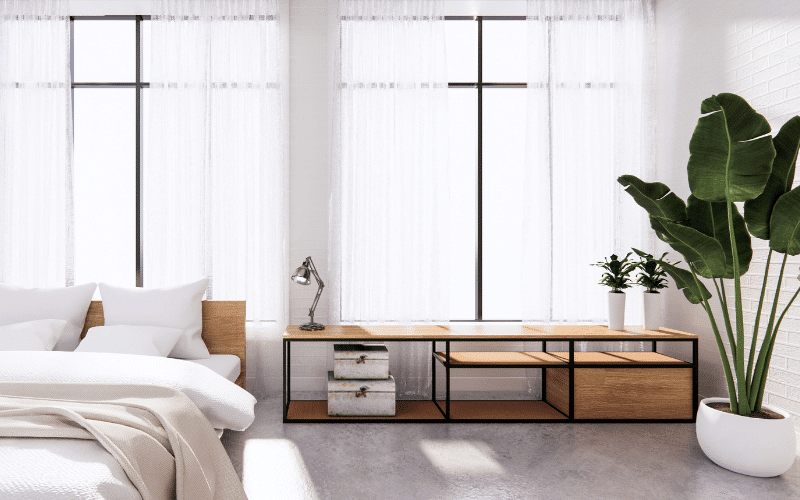7. Creating a Safe and Comfortable Environment: Your Role as a Caregiver

The environment plays a significant role in dementia care. A space that is safe, familiar, and comfortable can help to minimize confusion and restlessness in a person with dementia, and even make your role as a caregiver easier.
The first step is to ensure safety at home. Remove tripping hazards like loose rugs, ensure good lighting, and install safety devices like grab bars in the bathroom. For those with advanced dementia, consider locks on doors and windows, and safety gates at staircases to prevent wandering and potential accidents.
Next, consider implementing a consistent daily routine. Structure can help reduce confusion in individuals with dementia. A predictable routine for meals, medication, activities, and bedtime can provide a sense of security and familiarity, making the person feel more at ease.
Furthermore, personalizing their living space can have positive effects. Displaying photos of family members, mementos from their past, or even their favorite artwork can stimulate memory and make the space feel more like ‘home’. This can bring comfort and reassurance to your loved one.
In addition, pay attention to noise levels. Loud or unexpected noises can cause distress for individuals with dementia. Try to maintain a calm and quiet environment as much as possible. This doesn’t mean complete silence, but rather avoiding sudden, loud noises that can be startling.
Finally, provide comfortable clothing and bedding. Choose clothes that are easy to put on and take off, considering options with velcro or elastic waists. Comfortable bedding can also contribute to better sleep, which can significantly impact the overall mood and behavior of a person with dementia. (7)